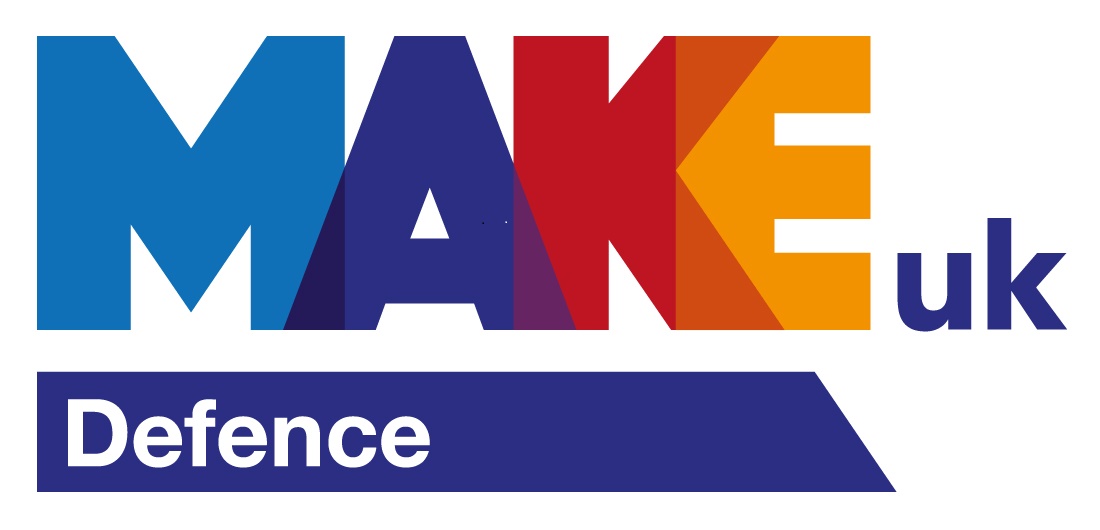Marketing campaigns: Influencing customer attitudes and behaviours
07.08.24


07.08.24

One of the ultimate aims of any business is to convince a person, or wider group of people, that the product or service you specialise in is a ‘must have’ and that it is the optimal solution – often in a competitive marketplace – that can meet a specific need or desire. A common challenge, however, before a customer and wider market are won over is to change perceptions and challenge existing attitudes in a market space, but how can this be done?
There have been numerous examples in history where companies have come to market with a product or solution that is disruptive, changing the way that people think and ultimately carry out certain tasks and functions, often at the expense of an established market leader.
A classic example is the Apple iPhone, which stunned the mobile phone market in 2007 as its new touchscreen design did away with physical buttons and keyboard, as was seen on most phones at the time. As well as its sleek design, the iPhone’s slick app-based UI and combination of features (phone, MP3 player, camera) completely won over the market and shifted customers’ expectations and attitudes, effectively killing Blackberry and Nokia.
Steve Jobs, Apple’s founder, gave a clear message at the iPhone’s launch: “Apple is going to reinvent the phone.” That it did.
In recent years, the move to the Cloud over on-premise software has also revolutionised many business functions, especially around HR, finance, sales and IT. Amazon Web Services (AWS) disrupted cloud-based IT infrastructure with scalable, on-demand services, which overturned the dominance of players such as IBM and Oracle that specialised in on-premise solutions.
Critical to this success for AWS was educating the market on the benefits of cloud computing, particularly affordability, scalability and flexibility; and equally highlighting customer success stories where early adopters had achieved significant cost savings and operational benefits.
In the defence and aerospace sector – where barriers to entry can be high as it is traditionally dominated by large multi-billion dollar companies with multi-year contracts – we are also seeing new entrants that are shifting attitudes and changing market behaviours, much like Apple did in the 2000s.
SpaceX is just one company that has shaken up the market, introducing reusable rockets that significantly reduce the cost of launching spacecraft and payloads into space and challenging existing market leaders. Companies such as Palantir and Anduril, despite being relative newcomers to the defence industry, have also found success as a result of their innovative technology developments (concentrated on AI and autonomy) and strategic marketing, as well as building credibility through several government contracts.
A key framework that companies can use to inform their strategic marketing campaigns, especially if the aim is to challenge and shift market attitudes and behaviours, is the classic 7Ps. The 7Ps give a clear outline of key areas that companies should focus on, especially when it comes to strategic communications and highlighting critical areas that will challenge established perceptions in a specific market segment.
A summary can be found in the table below:
All seven areas are critical for a business and, despite its name, it isn’t just the job of the marketing department to deliver the 7Ps. Everyone across a business, from senior leaders, business development, engineers, support staff, etc. will contribute to the 7Ps and deliver value from each area.
Innovation and adaptability: In the defence and aerospace sectors, product innovation and adaptability are crucial. Companies like Anduril and Palantir have set themselves apart by offering cutting-edge technologies that address specific industry needs such as autonomous systems and advanced data analytics.
Highlighting the unique features and practical applications of products through real-world success stories can significantly influence market attitudes, positioning these products as essential tools for modern defence needs. It is also important to clearly differentiate products from others that are available on the market as part of a strategic communications plan.
Read more: How to create a B2B communications strategy (includes a free template)

Aurora Flight Sciences launches an Anduril Altius-700 during tests at Dugway Proving Grounds, Utah. (Aurora Flight Sciences Photo via the US DoD’s DVIDS Hub)
Value and flexibility: AWS’ pay-as-you-go model demonstrated significant cost savings and flexibility, making cloud computing accessible to a broader range of customers. Similarly, in defence, showcasing long-term cost savings and ROI through detailed cost-benefit analyses can help potential customers see the financial advantages of adopting new technologies, thus overcoming budget constraints and resistance to change.
Accessibility and strategic distribution: Ensuring that products are accessible through strategic distribution channels is essential. AWS utilised digital platforms and virtual resources to reach a global audience, while SpaceX leveraged partnerships with NASA to leverage the agency’s network and infrastructure, as well as its reputation to build credibility.
For defence companies, utilising in-person events as well as online platforms for demonstrations and forming strategic alliances with established players can enhance market penetration and accessibility, making it easier for potential customers to explore and adopt new technologies. Place can also mean establishing local or regional offices that facilitate close relationships with customers and can better respond to requirements.
Education and thought leadership: Effective promotion through education and thought leadership can significantly shift market perceptions. Palantir and Apple have successfully used educational content, such as whitepapers, webinars, and high-profile launch events, to inform and engage their target audiences.
In the defence sector, creating comprehensive content that educates stakeholders about the benefits and uses of innovative products, while positioning the company as a thought leader, can build credibility and drive adoption.
Customer-centric engagement: Building strong relationships with customers through dedicated support teams and active engagement is vital.
Anduril and Apple have excelled in fostering customer loyalty by providing exceptional service and continuously gathering feedback to improve their offerings. In the defence industry, developing customer success teams and engaging with stakeholders to understand their needs and challenges can help build trust and ensure that products are effectively integrated into their operations.
Efficiency and transparency: Streamlining processes and maintaining transparency can ease the adoption of new technologies. AWS simplified the process of adopting cloud services with user-friendly interfaces and clear pricing structures. SpaceX used live broadcasts to transparently communicate their progress and successes, and sometimes failures.
Defence companies can similarly benefit by ensuring their sales, onboarding, and support processes are efficient and transparent, helping to build trust and reduce perceived risks associated with new technologies. Adhering to various industry standards such as quality management (ISO 9001) can also strengthen processes and credibility.
Demonstrations and case studies: Providing tangible proof of a product’s effectiveness through demonstrations and detailed case studies is crucial. SpaceX’s live demonstrations of rocket launches and Apple’s hands-on product experiences in stores have been highly effective.
In the defence sector, offering live or virtual demonstrations and sharing detailed case studies and testimonials from respected clients can provide the physical evidence needed to validate a product’s value, influencing potential customers’ attitudes and encouraging adoption.

A Boxer 8×8 conducting demonstrations at DVD. (Photo: Defence Media)
Changing attitudes and perceptions will be a central part of any go-to-market strategy or market penetration plan and will be essential for winning market share for your innovative technologies. There are notable examples of this happening in both the consumer space as well as in more specialist markets such as aerospace and defence. However, it is not an easy task and requires significant investment in specialist resources and experts who can formulate strategies to achieve these ends.
Ultimately, this effort must be underpinned by technology that is truly game-changing. By leveraging the marketing mix’s Seven Ps and learning from the successes of companies like Apple, AWS, SpaceX, Anduril, and Palantir, businesses can effectively influence market attitudes and behaviours, driving the adoption of their innovative products and solutions.


Signatories of:


Members of:



Innovation House
Molly Millars Close
Wokingham
RG41 2RX